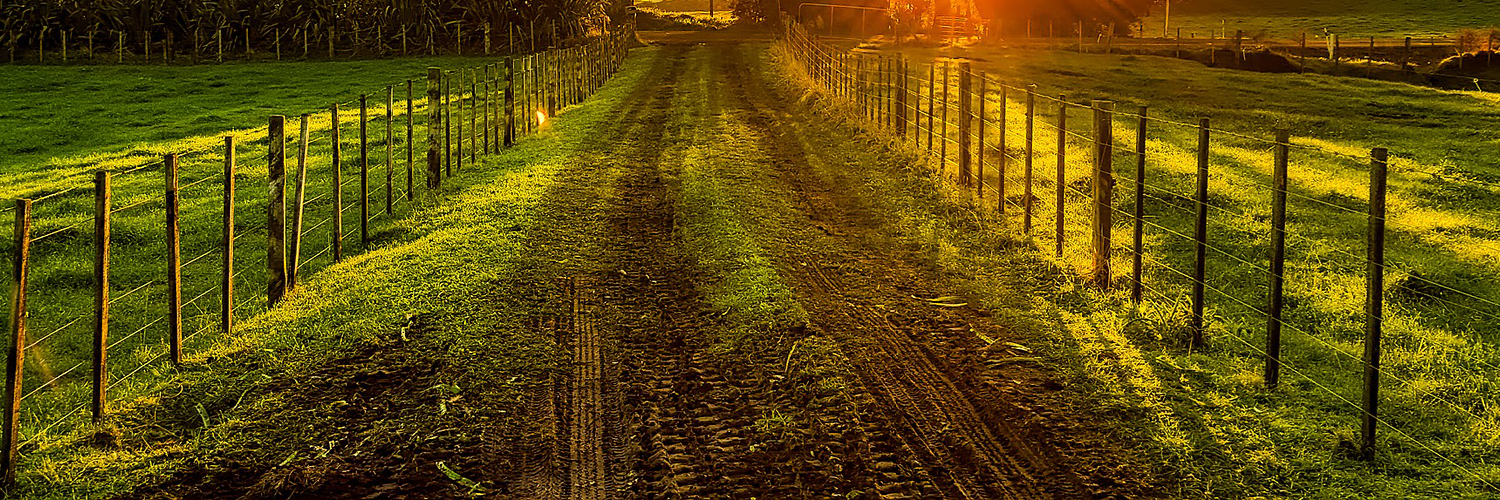Unformed Legal Roads
The public has a right to use unformed legal roads, colloquially known as paper roads, to access the outdoors.
Unformed legal roads (ULRs) are exactly what their name suggests – parcels of land designated as legal roads but not physically constructed. They can be a great recreational asset, providing public access to the outdoors. However, they’re often indistinguishable from private land and aren’t shown on Topo maps.
New Zealand has about 56,000km of ULRs. Most are 1 chain wide (an imperial measurement equivalent to about 20m).
Your right to access unformed legal roads
Legally, ULRs are no different from formed roads. As a member of the public, you have a right to pass and repass over ULRs without being obstructed or hindered. ULRs are for everyone, including walkers, horse riders, cyclists and drivers.
The rules of the road apply on ULRs, and you must consider others, including adjoining landholders and their property. Also, bear in mind that the land’s topography can make some ULRs unsuitable for use.
Many ULRs have had little public use, and are used by the adjoining landholder, often as part of a farm. The relevant territorial authority (district or city council) responsible for ULRs may allow this use. However it should not obstruct public use.
If the ULR is unlikely to have had little public use, it may be a courtesy to advise the adjoining landholder that you intend to use the ULR. If you are uncertain of who to contact, or are uncomfortable approaching an adjoining landholder, you should ask the relevant district or city council.
How to find unformed legal roads
ULRs are often indistinguishable from adjoining land, with no gravelling, metalling, sealing or permanent surfacing. Some were formed in the past but are no longer maintained by the responsible territorial authority and have reverted to nature.
Use our maps to find public road parcels that don’t appear on topographic maps:
How to find unformed legal roads
What to do if you have difficulty accessing an unformed legal road
Adjoining landholders cannot legally block public access to a ULR. However, many ULRs are obstructed by fences, hedges or even buildings. Livestock presence can make some ULRs daunting to use, and occasionally, the public might be intimidated by adjoining landowners, directly or through misleading signage.
If you have difficulty using a ULR, contact the relevant territorial authority (district or city council), as they are responsible for ULRs. Herenga ā Nuku may be able to mediate in some circumstances.
Don’t damage private property on a ULR.
Farming on an unformed legal road does not change its legal status
Adjoining landholders often use ULRs as part of existing pasture or forestry, and territorial authorities have long accepted this use. However, this does not create any legal right to the road in favour of the adjoining landholder.
Gates over unformed legal roads
A gate or cattle stop across a ULR is only allowed if:
- it is there to manage, protect and contain livestock
- the adjoining landowner gets the territorial authority’s written permission
- the gate is never locked
- there is a board attached to each side of the gate, printed with the words “Public Road”, clearly visible.
History of unformed legal roads
Most ULRs were established in the 19th century as part of Crown settlement subdivisions. Early surveys also reserved land alongside rivers, lakes and the coast for public use. Some of these areas remained reserves, but many were surveyed as unformed legal roads.
More information
See these publications for more detailed information about unformed legal roads.
Brian Hayes’ 2007 publication on roading law as it applies to unformed legal roads
Brian Hayes' 2008 publication Roads, Water Margins and Riverbeds: The Law on Public Access

